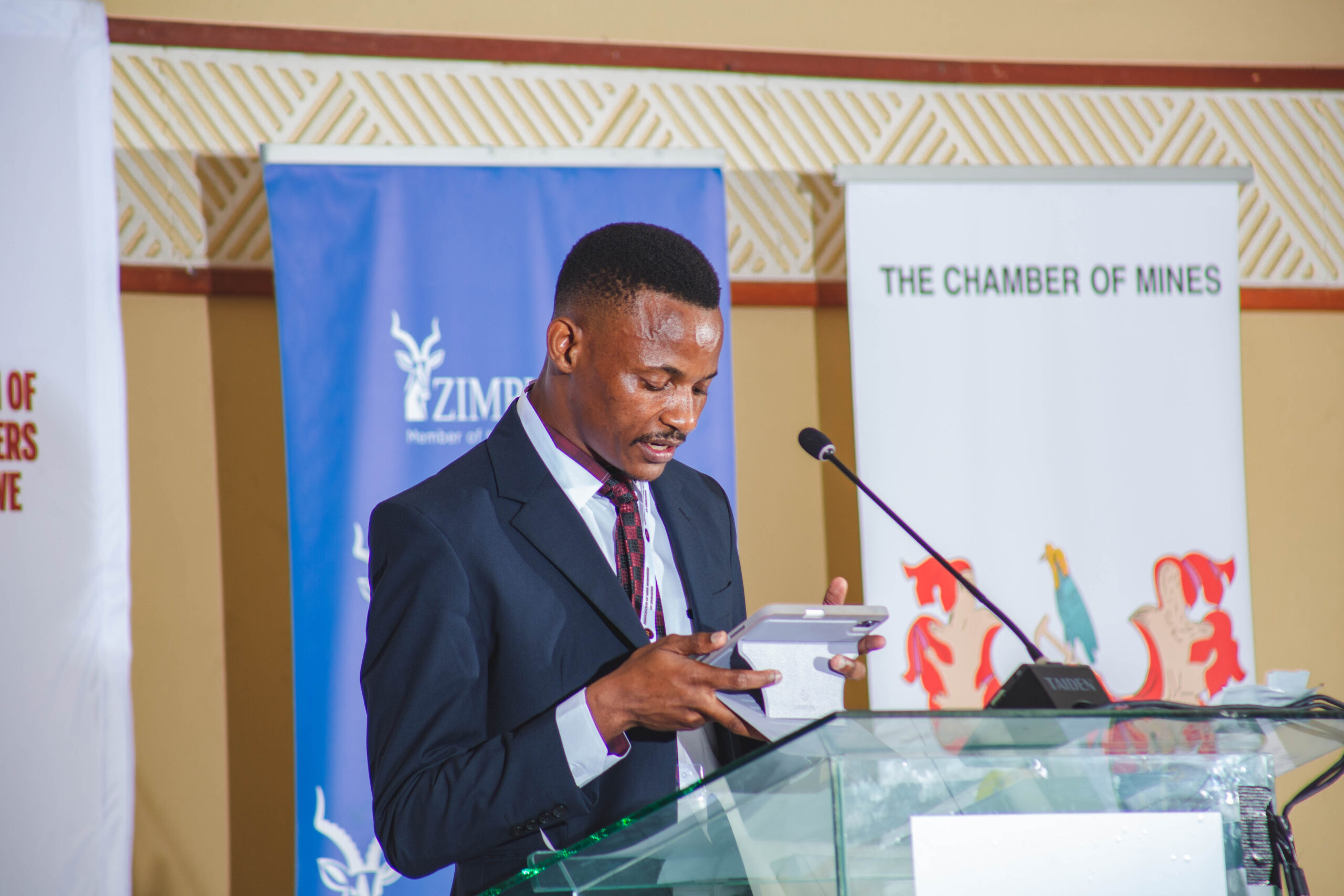In the age of automation and smart mining—where data analytics, artificial intelligence (AI), and machine learning are rapidly transforming operations—experts caution that technology alone cannot guarantee success, Mining Zimbabwe reports.
By Rudairo Mapuranga
Speaking at the Association of Mine Managers of Zimbabwe (AMMZ) Annual General Meeting held at the Holiday Inn Hotel in Bulawayo, AMMZ President Abel Makura highlighted the importance of balancing technological advancements with a human-centered approach.
Smart mining, driven by innovations such as real-time monitoring, autonomous machinery, and predictive maintenance, promises to revolutionize the sector by optimizing operations, enhancing safety, and boosting productivity. However, Makura stresses that while these technologies can improve efficiency, human expertise remains irreplaceable. Ignoring the human element, he warns, could lead to unforeseen challenges in the pursuit of innovation.
The Rise of Smart Mining
Smart mining systems leverage sensors and advanced computing to manage processes traditionally reliant on human labor. Machine learning algorithms analyze data to predict equipment failures and recommend preventative measures. Autonomous vehicles reduce accident risks in hazardous environments, while drones and satellite imaging enhance geological mapping, cutting exploration time.
“Mining operations today are entering an era where we can collect unprecedented amounts of data from every aspect of a mining site. From ore body analysis to fleet management, technology is now integral to decision-making processes,” Makura said.
This shift toward digitization is driven by a need for efficiency, as mineral extraction becomes more complex and deposits harder to reach. Additionally, safety regulations and environmental concerns have pushed the industry to adopt technologies that reduce human exposure to hazardous conditions and minimize ecological impact.
The Irreplaceable Human Element
Despite the clear benefits of smart mining, Makura underscores that technology is only as effective as the people managing and interpreting it.
“No matter how smart a system is, human oversight is essential. Technology can help make decisions faster, but it’s the judgment, experience, and instincts of skilled miners and engineers that ensure those decisions are practical and safe,” he explained.
Makura emphasized that human creativity and problem-solving capabilities cannot be replicated by machines. For instance, while predictive maintenance tools identify potential equipment failures, an experienced technician’s insight is essential to understand context and prevent further issues. Moreover, effective communication, leadership, and crisis management in unpredictable situations require human intuition.
“In the field, there are many instances where a miner’s quick thinking or innovation saves the day. Automated systems can’t replicate that level of flexibility. The human element must remain at the core of mining operations, particularly in addressing social and environmental challenges,” Makura said.
Balancing Automation and Employment
Makura highlighted that human engagement remains vital, especially in developing regions where mining sustains local economies. Jobs created by mining operations—particularly in artisanal and small-scale mining (ASM)—cannot be entirely replaced by technology. He warns of potential job losses as automation progresses and emphasizes the need for smart mining to enhance rather than eliminate the workforce.
“Smart mining should be about empowering miners, not making them obsolete. We should focus on integrating technology in ways that complement human work, enhancing safety and productivity while ensuring communities benefit from these advancements,” he explained.
Stakeholder engagement, particularly with local communities and governments, also requires a human touch. Mining operations significantly impact surrounding populations, making strong communication and relationships essential.
“Technology doesn’t build trust. Engagement with local communities and employees requires empathy, transparency, and respect—qualities no AI can replicate,” Makura said.
A Hybrid Approach to the Future
As the mining sector advances toward digitalization, Makura advocates for a hybrid approach, blending smart systems’ capabilities with human operators’ strengths. He envisions a future where mining companies invest equally in technology and workforce upskilling, ensuring human expertise is not sidelined.
“Mining companies should strive for a balance between human ingenuity and smart mining capabilities. By training workers to work alongside technology, we can create an industry that is safer, more efficient, and more sustainable, without losing the human element that has always driven mining forward,” he said.
Smart mining holds immense promise, with the potential to revolutionize processes, enhance safety, and improve efficiency. However, as Makura reminds us, the human factor remains a critical piece of the puzzle. Technology enables smarter operations, but the combination of smart tools with human insight, experience, and leadership will determine the long-term success and sustainability of mining.
“The future of mining is not just about machines. It’s about people working alongside those machines to achieve greatness,” Makura concluded.
.png)




